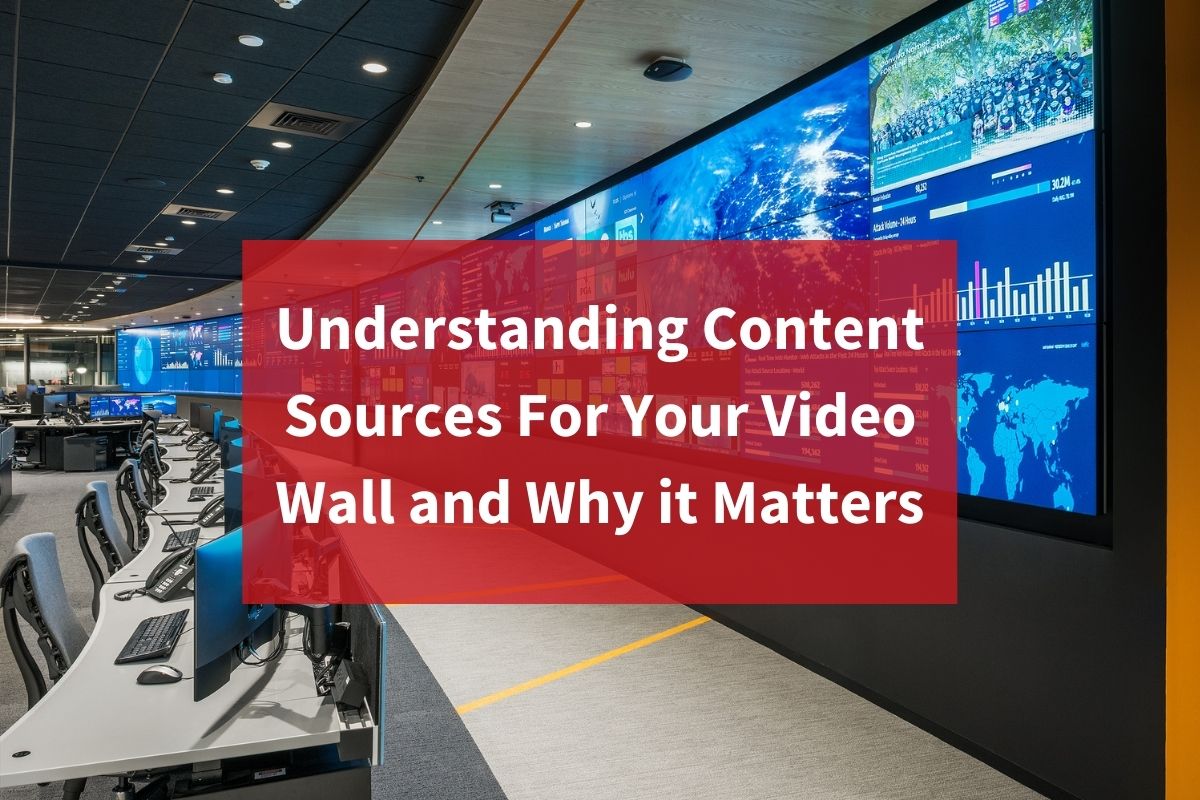The video wall in your operations centers is the focal point. Getting it right is key to having operations that function as planned. When you work with us to craft your custom video wall system, there are a few important steps to make sure we deliver exactly what you need.
The more we understand about the goals you want to accomplish, the better we can select the individual components that, when combined, will get you there. As integrators we can pick from among the best vendors to tailor-make a video wall system that perfectly fits your unique use case. When you discuss with us how you plan to use it and what your operational requirements are, it helps us better serve you.
Every operations center is different, but there are some commonalities between what type of sources are typically displayed.Understanding common content sources will help you identify what you will need to display on your video wall. The better you can communicate that to us, the better we can match those needs.
Here are some of the main sources our clients often include:
Web Pages
Almost every customer uses web pages in some way in their operations center. Whether it’s hosted natively on a processor or accessed through the cloud, it’s important to know how operators will need to interact with certain web pages: are they static or will operators need to drill down into menus or have alarms and notifications?
Rack Content PCs
Rack content PCs are owner-furnished PCs used to natively host applications or web content. Having a dedicated PC to host content and applications is often a security decision for organizations. As we design your video wall system, it is key for us to know how many of these PCs you plan to use and how many outputs each of the PCs have.
Workstation Feeds
As a source, a “workstation feed” means that one of the monitors (typically the right hand monitor) displayed at an operator workstation can be captured and fed to the video wall. This can be useful if content needs to be shared when an incident needs to escalate to full room collaboration. Some organizations want this capability for every operator station, others for just specific operators such as managers, and some do not need this capability.
Cable TV
Many operations centers like to have at least one screen with a cable feed for news, the weather channel, and similar information channels. Whether it’s satellite or encoded campus-wide TV streams is up to you. Whatever the source of your cable, we just need to know how many feeds you plan to display via the cable boxes you provide.
Laptop Inputs
Laptop inputs allow your operators to “plug and play.” Most commonly these are found at collaboration tables or conference rooms where people may need to plug in their laptops to share information to a display. Some command centers also like to include laptop inputs at workstations so that visiting executives or operators from other sites can plug in anywhere and display to the video wall if necessary. Whatever your use case, let us know and we can accommodate it.
Other Content Sources
Apple TV, BluRay players, firesticks, chromecast, wireless laptop sharing, and other owner furnished devices can fall into this category. While these are not so common as to be considered major video wall content sources, they certainly have use cases in operations centers. if you plan on using any of these, be sure to inform us so we can make sure your video wall solution seamlessly incorporates these sources.
Video Conferencing
More and more command centers are making plans to incorporate video conferencing, especially with the growth of hybrid work. It’s important for integrators to know whether you plan to use a hard codec or software. A hard codec is a physical box that sits in the rack and is a “closed system.” A software codec would include platforms such as zoom or teams. If you plan to use a soft codec, you will need to provide a PC to host it on, and we can incorporate camera and audio into the AV system.
Sharing Content
Another consideration when considering your sources is whether you will want to share between rooms. Some operations centers include conference rooms adjacent to the main hub, and all these spaces can be integrated into a processing system. Whether you want to share sources between rooms or lock out content sharing, this also informs the setup of your audiovisual system.
Once you can articulate what you want your video wall to do, we can help you get there. We only use products vetted for use in mission critical spaces where failure is not an option. To learn more about our video wall design and integration, contact us today for a free design and budget consultation.
About Constant:
Constant Technologies, Inc. provides AV integration for 24/7 video walls and custom operation center furniture. With 30+years experience we can work with sensitive environments in the public and private sectors. Constant designs and installs projects of all scopes and sizes around in the world. We also offer long-term service and support. We create solutions with the highest levels of security, aesthetics and functionality in mind.

